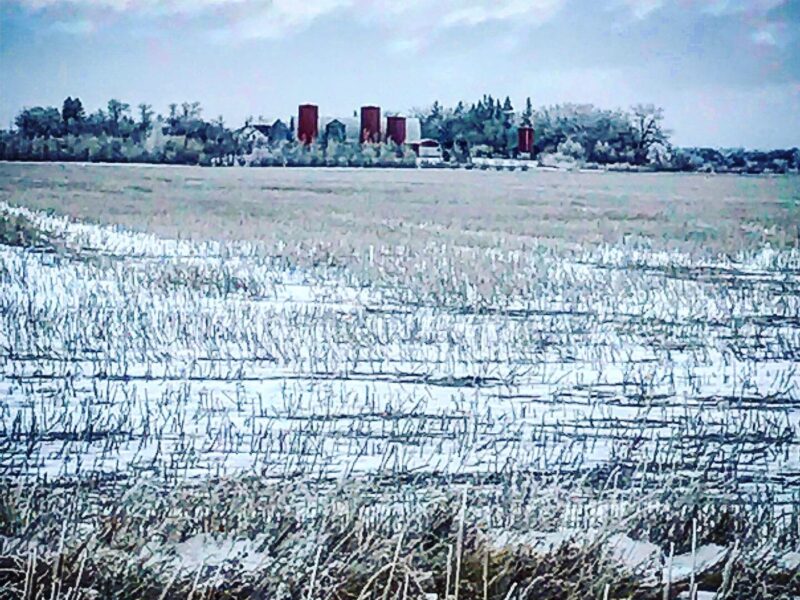One of the most powerful forms of reparation is to return land to which you hold title back to the First Nation or Indigenous group to whose ancestral territory it belonged. Reparation is the making of amends for wrongs that have been done and from which non-Indigenous people have benefitted. Reparations arise from—and are bolstered by—individual relationships with Indigenous People.
Things to Keep in Mind
One should not assume that land return would always be straightforward or welcome gesture. Sometimes such an unexpected acquisition may create an inconvenience or burden for a First Nation or Indigenous group. If this is something you are considering, it is advisable to build a relationship with an Indigenous community and seek their direction. Check in first, ask questions, build relationships.
Relationships with Land
Offering land is perhaps the most challenging form of Sharing the Gifts. We know that money can be earned again, but our fear, perhaps, is that land that is lost – given away or sold – is gone for good. It’s always mine or yours, either-or. That is the pitfall of “land ownership.” It distorts our basic human relationship with land, turning it into a commodity and preventing us from seeing land as a shared resource that sustains us all. And it’s also how Euro-Canadians approached treaty making – that we were making an agreement to take over the land for our exclusive use.
This was not the understanding of most Indigenous signatories to the Indigenous-Settler Treaties. Starting from a spirit of abundance, these Treaties are agreements to share the land and its resources in order to ensure a future for all generations to come. Certainly, this would look different today than 150 years ago. But choosing to release land ownership as a form of reparation can be seen as an invitation and an opportunity to radically shift our relationship to the land itself. It’s important to remember that just as settler colonization entailed the theft of land and the resulting loss of livelihoods, economies, and self-determining governments, true decolonization requires this be adequately repaired through reparations and a restructuring of space and power. As Arthur Manuel points out, today in Canada Indigenous peoples control only 0.2% of the land while Settlers control 99.8%.
Read more about how the “Doctrine of Discovery” has also shaped our relationships with land and its resources here.
Ways of Returning Land
This is an ongoing conversation for us. Here are some preliminary questions to consider and we welcome your own thoughts and questions:
- How did you or your ancestors acquire land?
- Which Indigenous and Settler groups were living there prior and what was their relationship to that land?
- How has the social, political, and geographical context for both groups changed since then?
- How has the infrastructure (buildings, roads, fences, drainage, landscaping, resource extraction, etc.) and other developments changed the land?
- What if my home is a rented property?
- Are there alternative ways one could “share” this space?
- What could it mean to hand over power, autonomy, and self-determination of land through existing Canadian legal systems or other means?
- Are there Indigenous legal structures regarding care and sharing of land?
- How might land return be a spiritual journey as well as an economic action?
Learning from Others
Here are some examples to begin to explore what others have done or are doing:
- Resource Generation: Land Reparations
- Land Back: Decolonial Atlas – includes maps of land returned to Indigenous care
- Sustainable Economies Law Center
- Watch the Film: Reserve 107: Reconciliation on the Prairies

